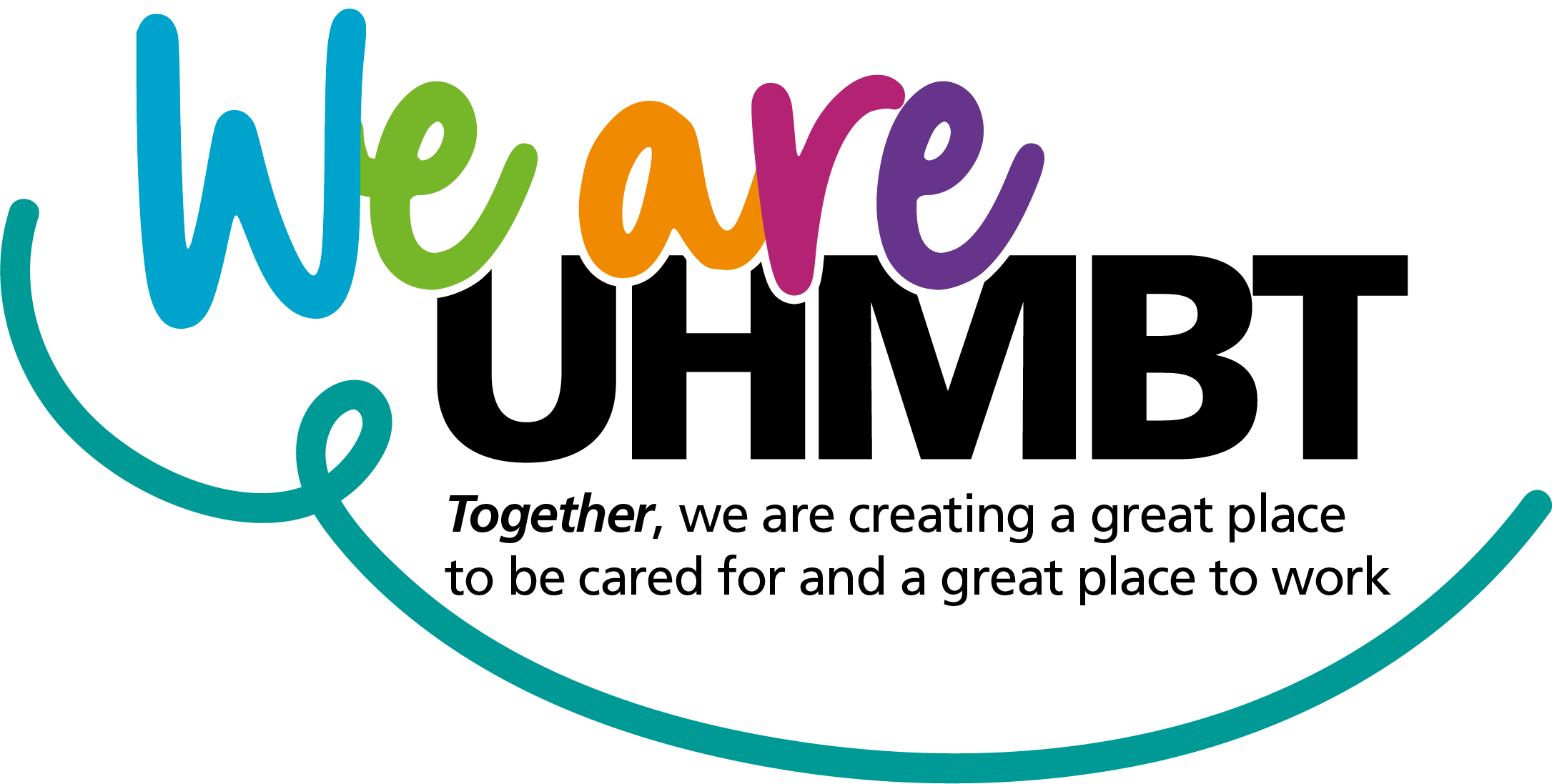Hip problems are common and many of us will experience hip pain at some point in our lives. Although it can be painful, it is rarely serious. For many people, hip pain will normally resolve in 6-12 weeks without having to see a healthcare provider.
A number of factors have been associated with hip pain. These include:
- A sprain/strain or injury such as a fall or blow to the thigh.
- Normal wear and tear.
- A sudden increase or decrease in your normal activity or exercise levels.
- Muscle weakness.
- Other conditions such as osteoarthritis, rheumatoid arthritis or fibromyalgia.
- Increased stress, worry or low mood.
- Poor sleep, fatigue or feeling run down.
- Other lifestyle factors such as being overweight and smoking.
- A flare up of longstanding hip pain.
These include:
- Pain around the buttock, outside of the hip and or groin.
- Pain down the leg, but this is often associated with back pain.
- Stiffness generally first thing in the morning or after a period of rest.
- Pain when standing, walking, sitting or lying.
- Difficulty doing your normal daily activities e.g. putting on socks and shoes, or getting in and out of a car.
- Painful clunking and clicking in certain positions.
- Men sometimes can feel pain in their testicles. This should improve as your hip problem gets better.
You may experience constant or intermittent (comes and goes) symptoms that are worse by certain activities and eased by others.
- In the first few days after an onset of hip pain, changing or reducing your usual activities may help. However, there is strong evidence that keeping active and gradually returning to all your usual activities and exercise will help you recover.
- It is normal to experience some pain during your recovery, but it does not mean you are damaging your hip.
- It is recommended to try to continue at work or return as soon as you are able. Your employer, GP or health practitioner will be able to advise on how to return to your normal work duties.
Self help tips
- Apply a heat or icepack to the painful area – for up to 15 minutes. Never apply heat or ice directly to the skin.
- Pain medication can help to reduce the pain and help you move more comfortably, which can help your recovery. Speak to your local pharmacist about medication or other methods of pain relief . It’s important to take medication regularly.
- Keep moving. Regular movement and exercise is safe and helpful for hip pain. It is important to build up gradually – the exercise or activity you enjoy most. This is likely to help your recovery.
- Try to get a good night’s sleep, try to place a pillow between your knees, and rest your leg on the pillow when lying on your non-painful side.
- Good sleep habits and managing stress may help you cope better with your pain.
- Try to maintain a health weight.
Please see our condition specific self help guides, with exercises and management advice for you to try to self manage your condition.
TBC
- The hip is a very strong and stable joint.
- Hip pain is common without any damage to your joints, ligaments, or tendons.
- X-rays and scans often DO NOT show the cause of your pain.
- Movement and exercise are NOT harmful for hip joints.
- Your hip can become stronger and healthier with regular movement and exercise – that are built up gradually.
- Creaking and clicking hip joints are common in people without hip pain. It is a RARELY a sign of harm or damage.
- If you are overweight - losing weight by getting more active and improving your diet can improve your hip pain by reducing the load on your hip joint.
- Improving your sleep and general health is all also important for your hip pain.
Call your GP surgery if:
- Your pain is getting worse.
- You have tried the self-help tips daily for 3-4 weeks and the symptoms have not improved.
Seek immediate medical advice if:
After an injury e.g. a fall or a direct blow to the hip
- you have difficulty standing or walking.
- if you are unable to move your hip.
- If your hip is giving way.
- X-rays or scans or are NOT usually required to diagnose hip pain.
- X-rays or scans DO NOT tell us how much pain you are experiencing.
- X-rays and scans often show joint narrowing, osteoarthritis and labral tears which are common in people WITHOUT hip pain. These findings are unlikely to change the way you manage your pain.
- X-rays and scans are best used where a serious injury (e.g. a broken bone) or conditions such as cancer or infection are suspected.
-
If you’re off work sick for seven days or less, your employer will normally ask you to complete a self-certificate for sick leave as soon as you return to work.
-
If you're off work sick for more than seven days your employer will normally ask for a fit note (or Statement of Fitness for Work) from your GP.
-
You can read more information here: Getting a fit note (www.nhs.uk)
Maintaining a healthy lifestyle
Making healthy lifestyle changes can help you improve your overall health and wellbeing. Some of the main areas to address are shown below:
Tips to help you lose weight - NHS
Fall asleep faster and sleep better - Every Mind Matters - NHS
Psychological talking therapies - LSCFT
Mental health support for veterans, service leavers and reservists - NHS
It’s important to consider addressing these lifestyle changes alongside your physiotherapy treatment. Your clinician will be able to offer further advice or signpost you to other organisations or local services for further support with improving your wellbeing.

